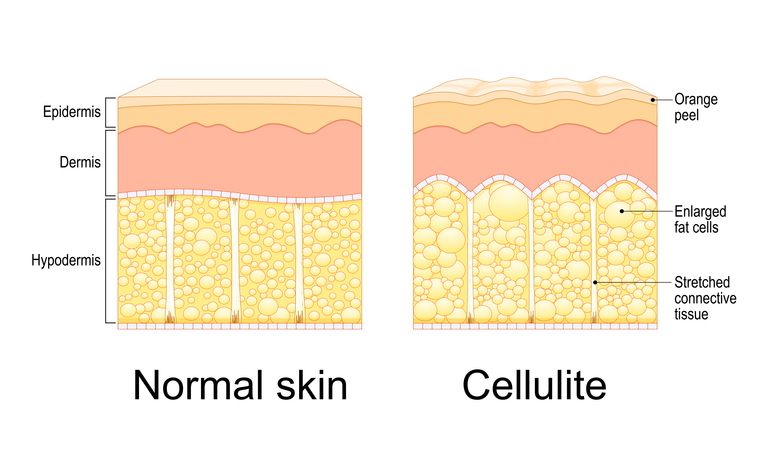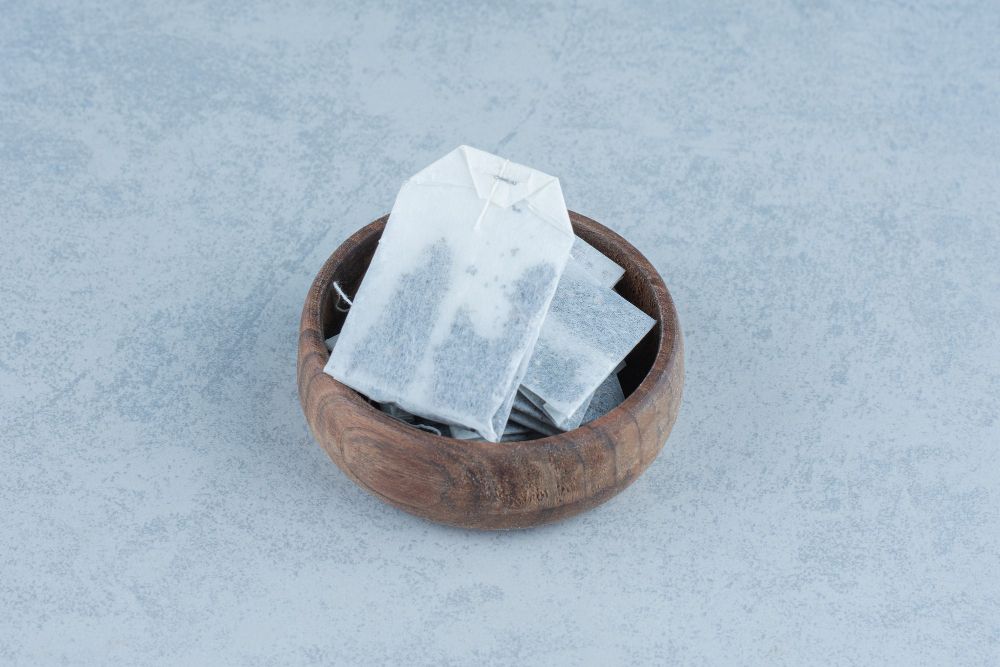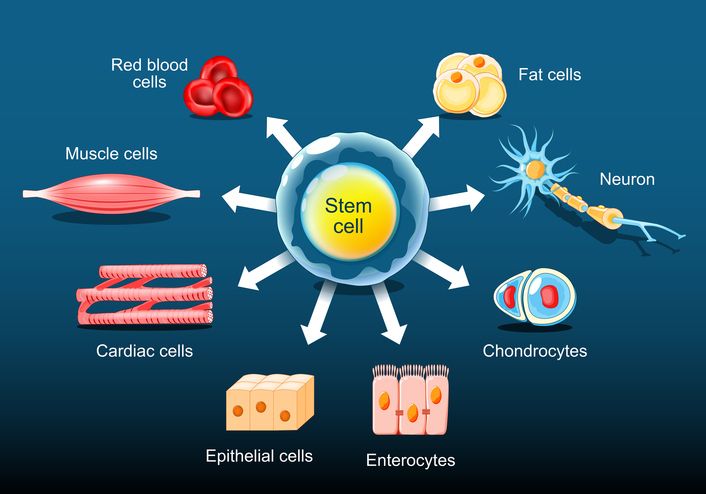

Book Now to Experience
F8 Hair Regrowth Treatment
1 Minute Self-Registration
Date should not be before minimal date
Author: Natalie Ng|21 April 2025
Haircare doesn’t have to be complicated—but it does need to be consistent. No matter your age, your hair goes through changes. Hormones, weather, heat tools, and daily habits all play a part in how your hair looks and feels. What worked in your 20s might not do much in your 40s, and that’s normal. A strong hair care routine can support healthy hair at every stage. From straight to wavy to natural hair, finding what works for your hair type helps improve overall hair health, prevent split ends, and reduce breakage. It’s not just about using the right products—how you wash, dry, and style matters too. In this guide, you'll find practical tips that help you avoid heat damage, and actually support hair growth. Whether you’re air drying, using a blow dryer, or reaching for a curling iron, small changes in your routine can make a big difference. Stick around for practical ways to care for your hair daily, use the right products, and keep your scalp healthy.

1
Customize Your Hair Care Routine: Do You Know What Your Hair Type Is?

Identifying Your Hair Structure
How Hair Texture Changes with Age
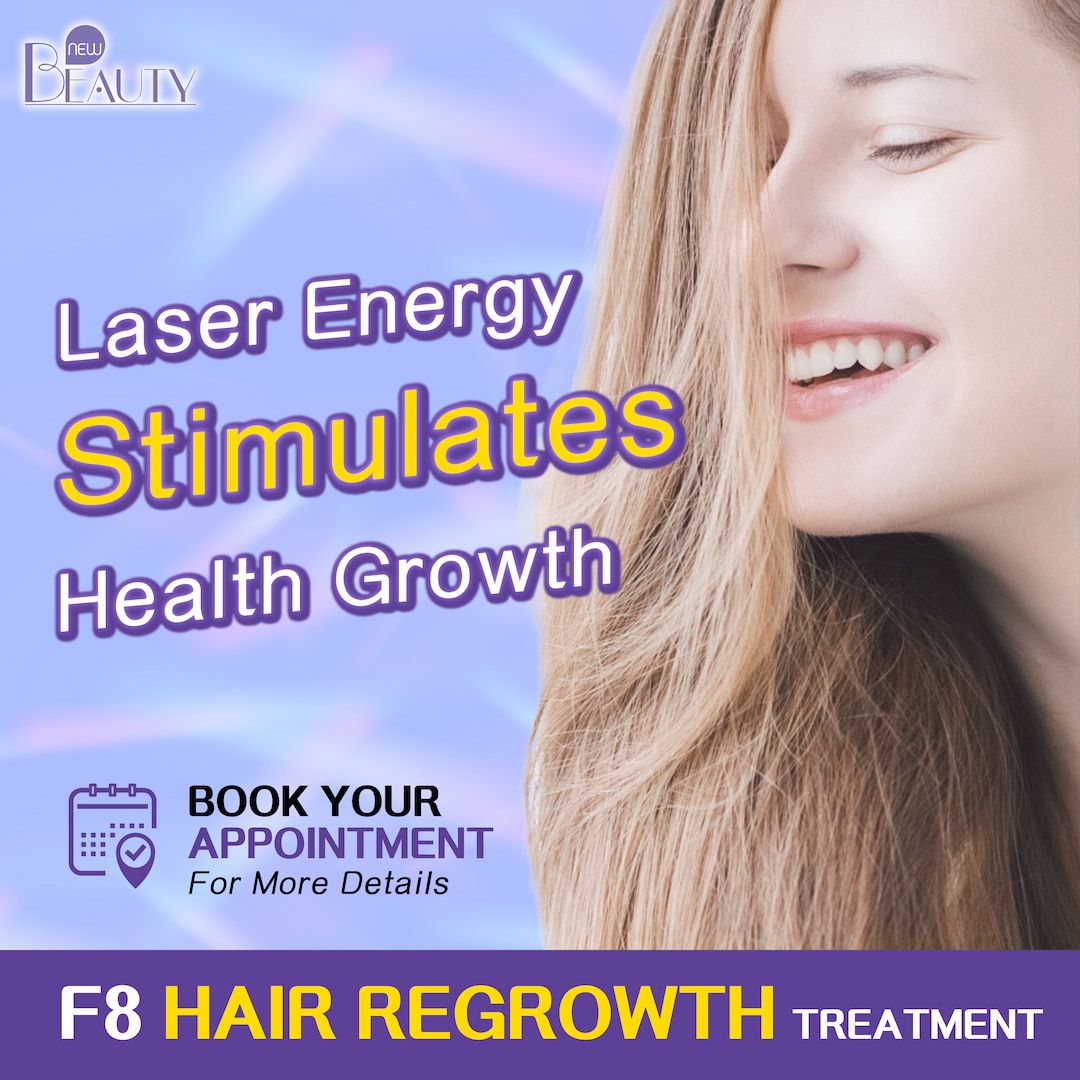

2
Scalp Massage: The Foundation for Healthy Hair
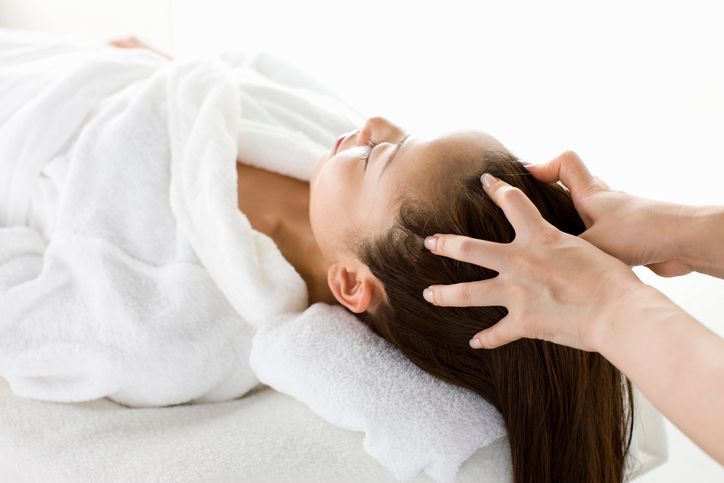
Why Scalp Massage Works
Key Benefits:
How to Massage Your Scalp
Read More

3
Gentle Cleansing For Maintaining Natural Hair Balance

Why Is Gentle Cleansing Important
Choosing the Right Method
Tips for Healthier Washing:


4
Hydrate Your Hair
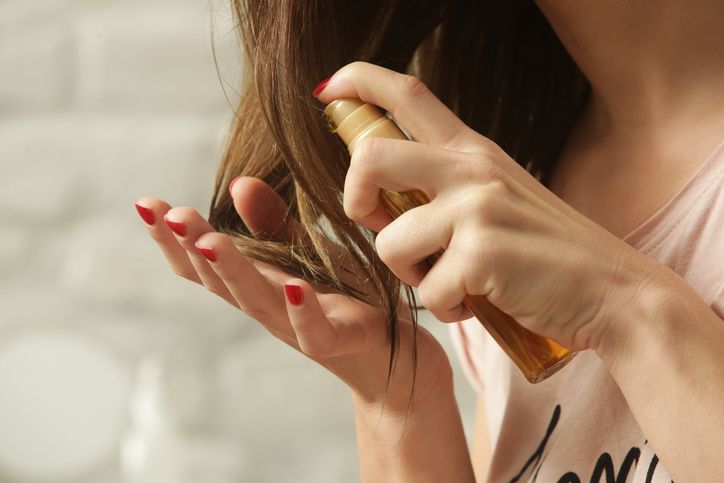
1. Start With Water-Based Products
2. Seal With Oils
3. Deep Condition Weekly
4. Watch Water Temperature
5. Use Leave-In Conditioner
6. Protect While You Sleep
7. Support Hydration From the Inside

Book Now to Experience
F8 Hair Regrowth Treatment
1 Minute Self-Registration
Date should not be before minimal date

5
Protect Your Strands While Styling
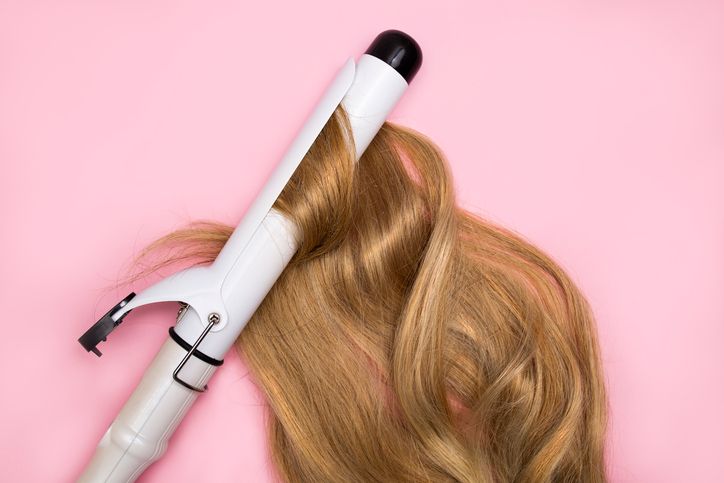
Choose the Right Heat Setting
Prep Your Hair for Heat Styling
Simple Heat-Free Styling Options


6
Eat A Balanced Diet

Key Nutrients for Hair Growth and Strength
Simple Ways to Support Your Hair Through Diet
Read More

7
Do It Yourself: Strengthen Your Hair With Natural Remedies
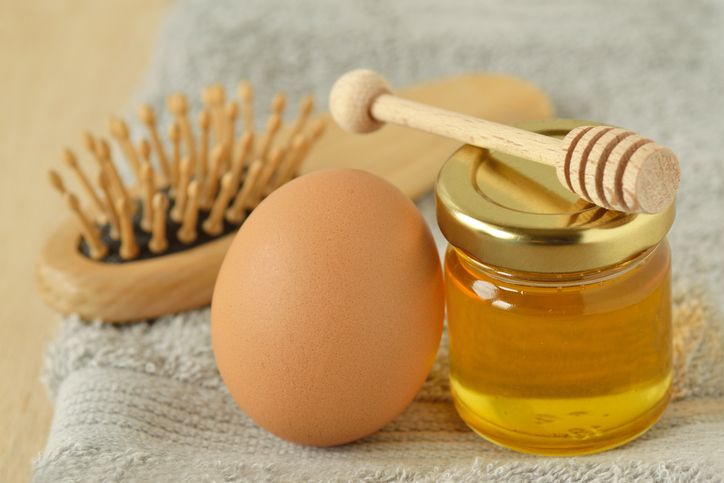
How Natural Ingredients Support Hair Health
Kitchen-Based Hair Masks and Treatments
Natural Oil Scalp Massage:
Use Essential Oils Safely and Effectively


8
Reduce Stress For Healthier Hair

How Stress Affects Hair
Simple Stress Management Habits for Hair Health

Book Now to Experience
F8 Hair Regrowth Treatment
1 Minute Self-Registration
Date should not be before minimal date

9
Care for Your Hair at Every Age With the Right Routine
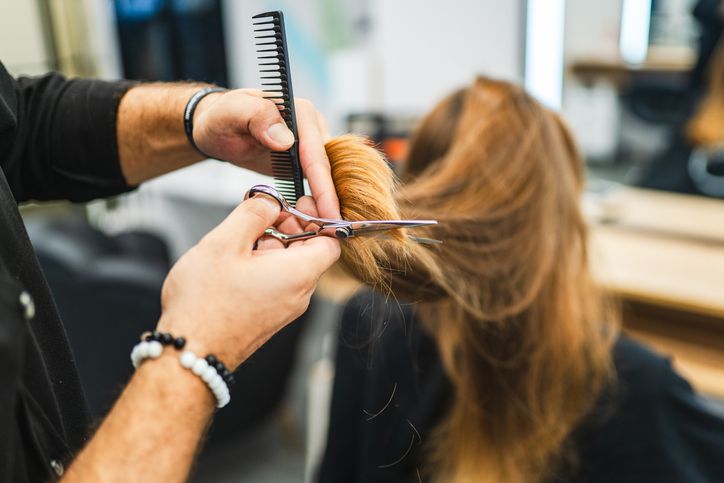
In Your 20s: Build a Strong Foundation
In Your 30s and 40s: Focus on Volume and Growth
In Your 50s and Beyond: Prioritize Moisture and Strength


10
Level Up Your Hair Care Routine with the Power of the F8 Hair Regrowth Treatment
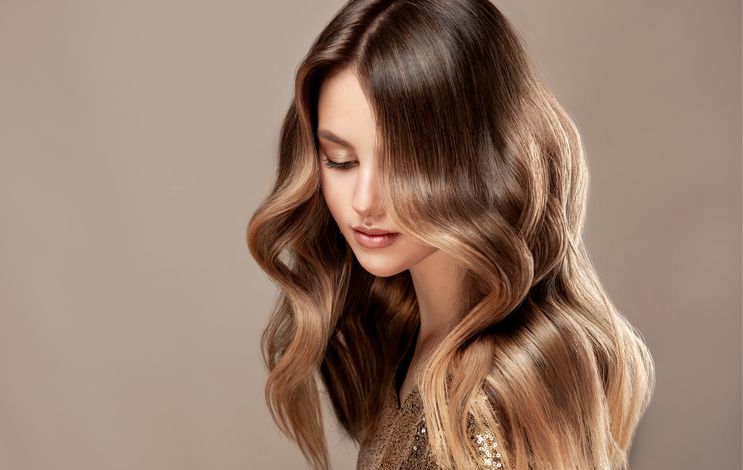
How F8 Works
Why Add F8 to Your Hair Routine?
Key Benefits:
FAQ
How Often Should I Switch My Hair Care Products?
Your hair type determines how often you should switch products. If you have oily hair, change products every 3-4 months to prevent buildup. For dry hair, stick with consistent products to maintain moisture. Normal hair can handle changes every 6-12 months. Watch for signs like reduced effectiveness or scalp irritation, and consider seasonal adjustments to address changing environmental conditions and hair needs.
Can Swimming Pool Chlorine Permanently Damage My Hair?
While chlorine won't cause permanent damage if properly managed, it can seriously affect your hair's health through repeated exposure. To protect your strands, you'll need to: 1) wear a swim cap, 2) rinse your hair with fresh water before swimming, and 3) use clarifying shampoo afterward. If damage occurs, you can restore your hair's health through regular conditioning treatments and proper hair care practices.
Why Does Hair Texture Change During Pregnancy?
The shift occurs primarily due to elevated estrogen and progesterone levels, which extend your hair's growth phase and alter how your follicles develop. You'll notice your hair may become curlier, straighter, or change texture because these hormones affect your hair's protein structure and sebum production. Blood circulation changes also contribute to these temporary transformations.
Should I Brush My Hair When It's Wet?
Generally, you shouldn't brush your hair when it's wet as it's most vulnerable to breakage during this time. If you must detangle wet hair, use specific tools designed for the task: 1) Choose a wide-tooth comb or specialized wet brush, 2) Apply a leave-in conditioner for protection, 3) Start detangling from the ends and work your way up. For curly hair types, however, wet brushing can help maintain curl pattern integrity.
How Do Medications Affect Hair Growth and Texture?
Just as a garden's growth changes with different fertilizers, your hair responds distinctly to various medications. Your medications can substantially impact your hair in two main ways: 1) Growth patterns may slow down or speed up, particularly with antineoplastic agents and thyroid medications, and 2) Texture can transform dramatically, with some drugs like retinoids affecting 100% of patients. You'll want to monitor these changes and discuss concerns with your healthcare provider.

Book Now to Experience
F8 Hair Regrowth Treatment
1 Minute Self-Registration
Date should not be before minimal date
Recommended Articles
COPYRIGHT© NEW BEAUTY MANAGEMENT LIMITED 2025. ALL RIGHT RESERVED.

